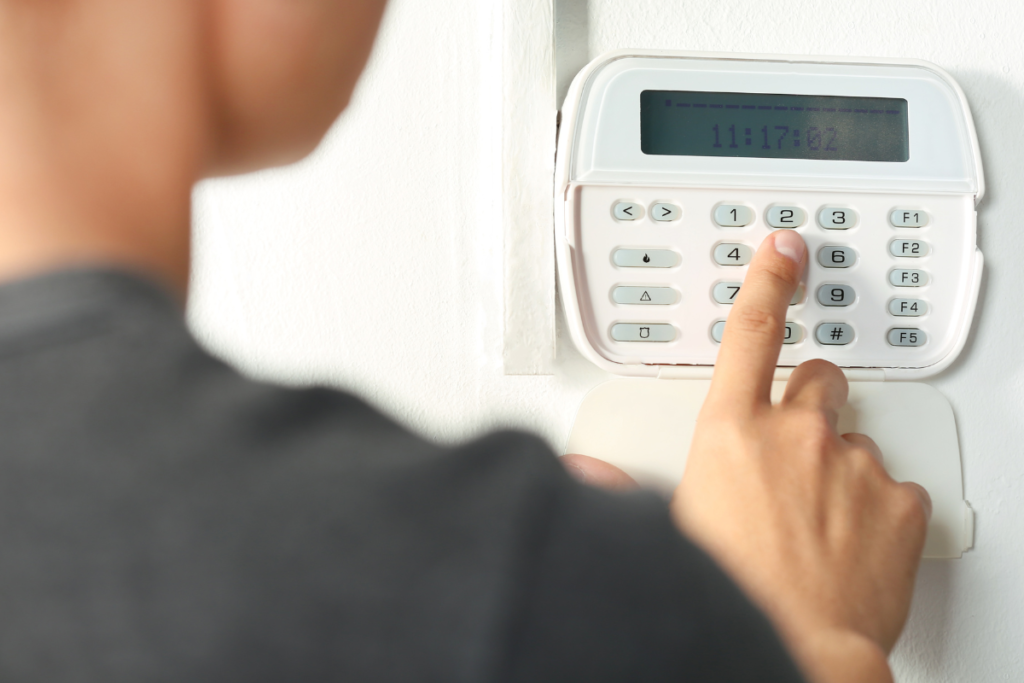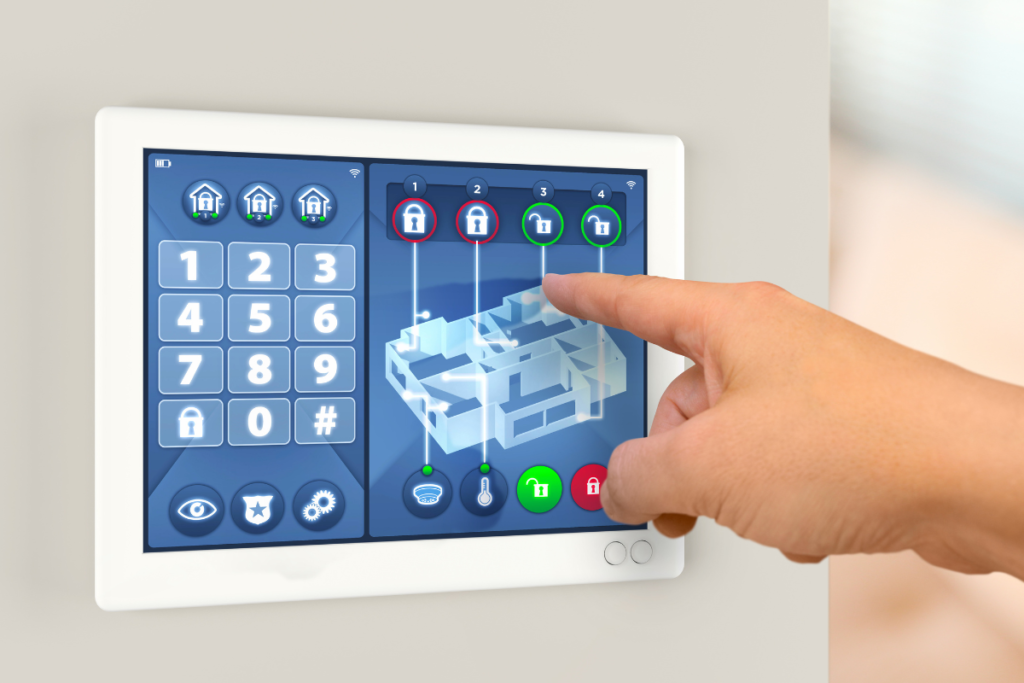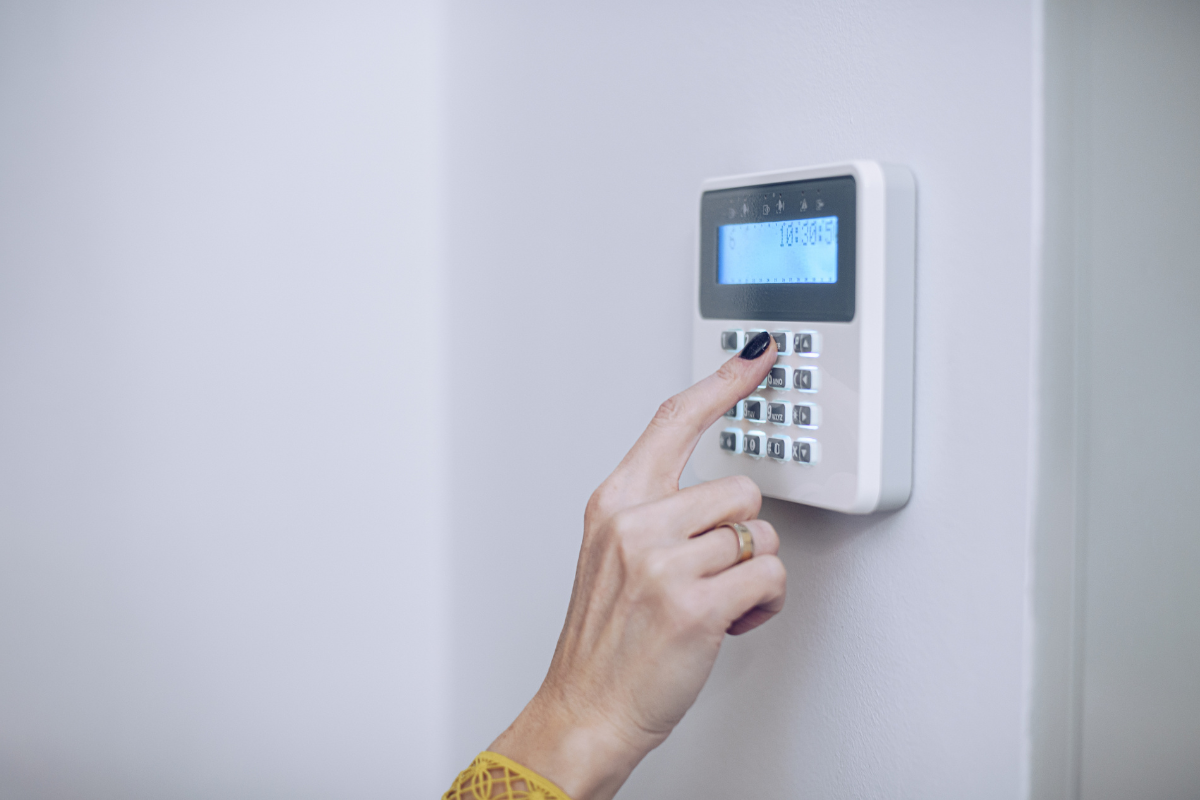Home security systems have become an essential part of modern living, providing peace of mind to homeowners. However, there may be situations where you find yourself needing to disarm your home alarm without the code. This article will explore the intricacies of home alarm systems, the reasons for disarming them, the legal implications of doing so without authorization, and various methods and tools that can be employed. We will also discuss the importance of security features, best practices for preventing false alarms, and when to seek professional help.
Understanding Home Alarm Systems: An Overview
Home alarm systems are designed to protect properties from unauthorized access and potential threats. These systems typically consist of various components, including sensors, cameras, control panels, and alarms. The sensors can detect motion, door/window openings, and even environmental changes like smoke or carbon monoxide. When a breach is detected, the system triggers an alarm, alerting the homeowner and potentially notifying local authorities.
The technology behind these systems has evolved significantly over the years. Modern alarm systems often come equipped with smart technology, allowing homeowners to control their security remotely via smartphones or tablets. According to a report by Statista, the global smart home market is expected to reach $174 billion by 2025, indicating a growing trend in home automation and security. This integration of technology not only enhances security but also provides convenience for users.
Despite their effectiveness, alarm systems can sometimes malfunction or be triggered accidentally. This can lead to frustration for homeowners, especially if they are unable to disarm the system due to forgotten codes or other issues. Understanding how these systems work is crucial for anyone who may find themselves in a situation where they need to disarm an alarm without a code.
Common Reasons for Disarming an Alarm
There are several legitimate reasons why someone might need to disarm a home alarm system without the code. One common scenario is when a homeowner forgets their code. In the hustle and bustle of daily life, it’s easy to forget a combination, especially if it hasn’t been used in a while. This can lead to unnecessary stress and potential security risks if the alarm is triggered unintentionally.
Another reason could be a malfunctioning keypad or control panel. Technology is not infallible, and sometimes the devices that are supposed to enhance security can become a source of frustration. For instance, a power outage or a dead battery can render the keypad inoperable, leaving homeowners unable to disarm the system. In such cases, it’s essential to have alternative methods to regain control of the alarm.
Lastly, there may be situations where someone else needs to disarm the alarm, such as a family member or a trusted friend who has been given access to the home. If they do not have the code, it can create complications, especially in emergencies. Understanding these scenarios can help homeowners prepare for potential issues with their alarm systems.
Legal Implications of Disarming an Alarm Without a Code
Disarming a home alarm system without the proper authorization can have serious legal implications. In many jurisdictions, tampering with a security system is considered a criminal offense, especially if it is done with malicious intent. For instance, attempting to disable an alarm to facilitate a burglary can lead to severe penalties, including fines and imprisonment.
Even in cases where the intent is not criminal, such as a homeowner trying to regain access to their own property, there can still be legal ramifications. If a homeowner is unable to provide proof of ownership or authorization, they may face challenges from law enforcement or security companies. This can lead to misunderstandings and potential legal disputes, emphasizing the importance of understanding the laws surrounding home security systems.
Moreover, insurance companies may also have policies regarding unauthorized disarming of alarm systems. If a homeowner disarms their alarm without following proper procedures and a burglary occurs, they may find themselves without coverage. It’s crucial for homeowners to familiarize themselves with both local laws and their insurance policies to avoid any unintended consequences.

Coded Alarm System
Tools and Techniques for Disarming Alarms
While it is generally advised to use authorized methods to disarm a home alarm system, there are tools and techniques that some individuals may consider. One common method is using a universal remote or a bypass tool designed for specific alarm systems. These devices can sometimes override the system’s security features, allowing access without the code. However, using such tools can be risky and may lead to legal issues if not used appropriately.
Another technique involves accessing the control panel directly. Many alarm systems have a physical control panel that can be accessed by removing a cover. This may allow individuals to reset the system or bypass the code requirement. However, this method requires a certain level of technical knowledge and can potentially damage the system if not done correctly.
It’s important to note that while these methods may work in some cases, they are not recommended for individuals who are not trained in security systems. Attempting to disarm an alarm without proper knowledge can lead to further complications, including permanent damage to the system or triggering additional alarms. Homeowners should always prioritize authorized methods and seek professional assistance when necessary.
Bypassing the Keypad: Alternative Methods
In situations where the keypad is unresponsive or the code is forgotten, there are alternative methods to bypass the keypad. One such method is using a key fob or remote control that is often provided with the alarm system. Many modern systems allow users to disarm the alarm from a distance, making it a convenient option if the keypad is malfunctioning.
Another alternative is to use a mobile app associated with the alarm system. Many contemporary security systems come with smartphone applications that allow users to control their alarms remotely. If the homeowner has previously set up the app and linked it to their system, they can disarm the alarm without needing the physical keypad. According to a survey by the Consumer Technology Association, 30% of U.S. households own smart home devices, highlighting the growing reliance on technology for home security.
In some cases, homeowners may also consider contacting their security provider for assistance. Many companies have protocols in place for situations where a homeowner cannot access their system. They may provide temporary codes or remote assistance to help regain control of the alarm. This option is often the safest and most reliable method for disarming an alarm without a code.
The Role of Security Features in Alarm Systems
Security features play a crucial role in the effectiveness of home alarm systems. These features are designed to deter unauthorized access and provide homeowners with peace of mind. For instance, many systems include motion detectors, door/window sensors, and surveillance cameras that work together to create a comprehensive security network. According to the Electronic Security Association, homes without security systems are 300% more likely to be broken into, underscoring the importance of these features.
Moreover, advanced alarm systems often come equipped with smart technology that allows for real-time monitoring and alerts. Homeowners can receive notifications on their smartphones if an alarm is triggered, enabling them to respond quickly. This level of connectivity not only enhances security but also allows homeowners to monitor their properties remotely, providing an added layer of protection.
However, these security features can also complicate the process of disarming an alarm. For example, if a homeowner attempts to bypass the system without proper knowledge, they may inadvertently trigger additional alarms or notifications. Understanding how these features work is essential for anyone looking to manage their home security effectively.
Preventing False Alarms: Best Practices
False alarms can be a significant nuisance for homeowners and can lead to unnecessary stress and potential fines from local authorities. To prevent false alarms, it’s essential to establish best practices for using alarm systems. One effective strategy is to ensure that all household members are familiar with the alarm code and how to operate the system. Regularly reviewing the code and procedures can help prevent accidental triggers.
Another best practice is to conduct regular maintenance on the alarm system. This includes checking batteries, testing sensors, and ensuring that all components are functioning correctly. According to the Security Industry Association, 94% of false alarms are caused by user error or equipment malfunction. By proactively maintaining the system, homeowners can reduce the likelihood of false alarms and ensure that their security measures are effective.
Additionally, homeowners should consider implementing a verification process for alarm triggers. Many modern systems offer features that allow for video verification or two-way audio communication with monitoring centers. This can help determine whether an alarm is a false trigger or a legitimate threat, reducing unnecessary responses from law enforcement and minimizing the impact of false alarms.
Seeking Professional Help: When to Call an Expert
While there are various methods for disarming a home alarm without a code, it’s essential to recognize when to seek professional help. If a homeowner finds themselves unable to disarm their alarm despite trying multiple methods, it may be time to contact a security expert. Professionals have the training and experience necessary to handle alarm systems safely and effectively.
Additionally, if there are concerns about the security system’s functionality or if it has been tampered with, calling an expert is crucial. Attempting to fix or disarm a malfunctioning system without proper knowledge can lead to further complications and potential damage. Security professionals can assess the situation, provide solutions, and ensure that the system is operating correctly.
Finally, homeowners should not hesitate to reach out for assistance if they suspect a security breach or if their alarm has been triggered under suspicious circumstances. In such cases, it’s better to err on the side of caution and involve professionals who can provide guidance and support. By knowing when to seek help, homeowners can ensure their safety and the integrity of their security systems.
Conclusion
Disarming a home alarm without a code can be a complex issue with various implications. Understanding the intricacies of alarm systems, the reasons for disarming them, and the legal ramifications is essential for homeowners. While there are tools and techniques available, it’s crucial to prioritize authorized methods and seek professional help when necessary. By implementing best practices and understanding the role of security features, homeowners can effectively manage their home security and minimize the risk of false alarms. Ultimately, a well-informed approach to home security will provide peace of mind and protect against potential threats.

Notice: Trying to get property 'term_id' of non-object in /home/pauliakas/domains/thetabletzone.com/public_html/wp-content/themes/flex-mag/functions.php on line 999
